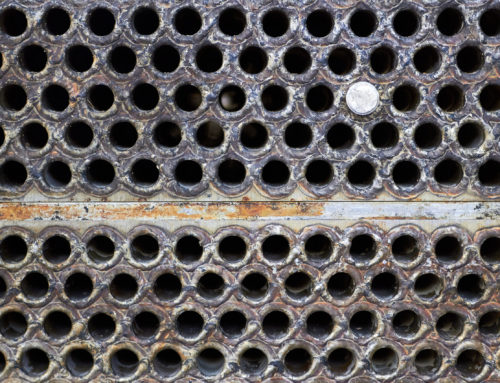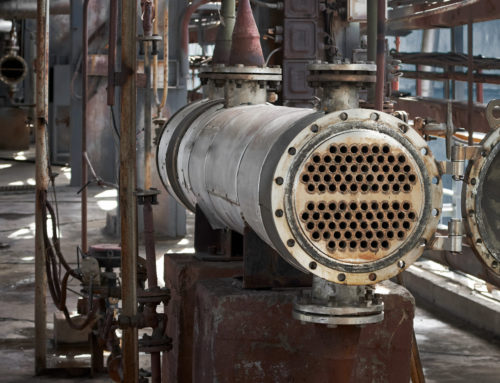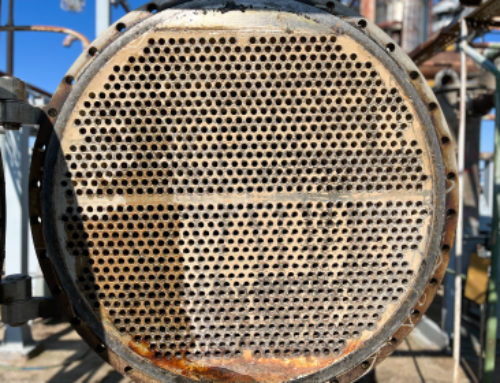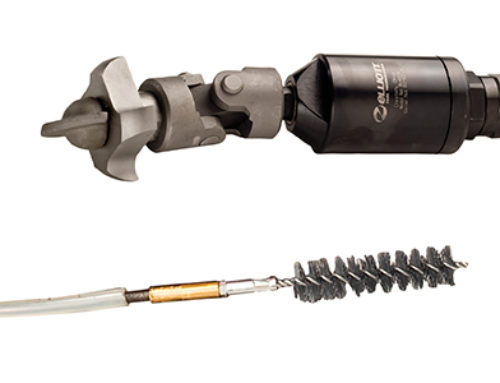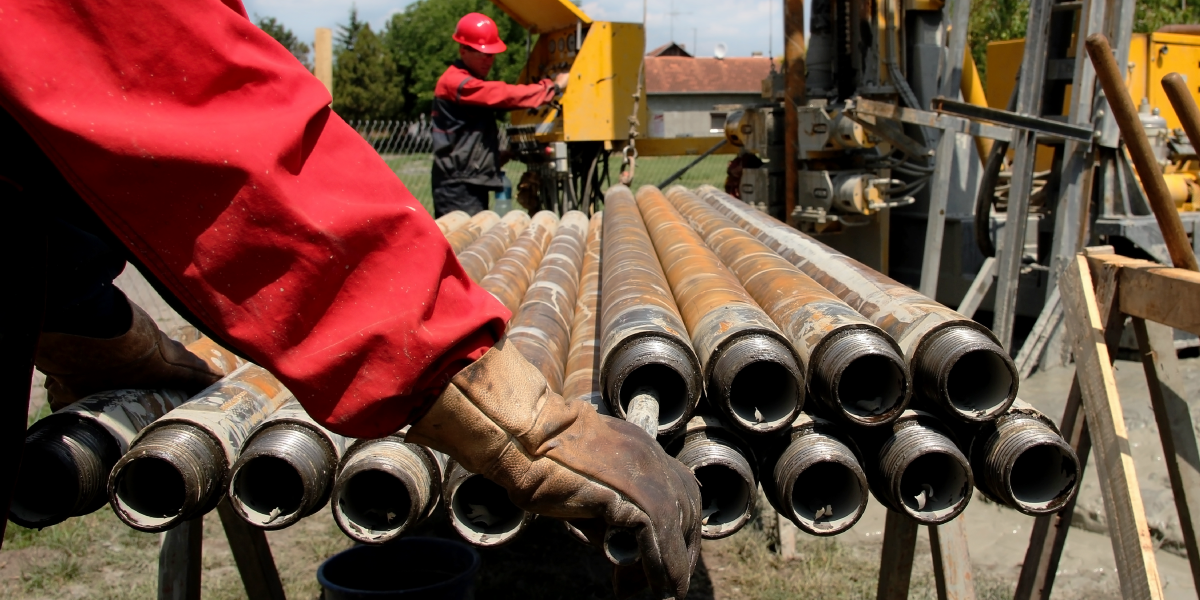
Pipe Rattling Motors: Make Them Last Longer, Work Faster, & Clean Better
Pipe rattling motors are vital to the cleaning processes used at many job sites. You are under many pressures to get the job done quickly and cost-effectively. The last thing you should have to worry about is the life of your motors.
The conditions under which pipe cleaners operate vary widely from industry to industry, therefore, cleaning should be thought of as highly individualized. However, there are several key considerations in the selection, use, and maintenance of cleaning tools (specifically the air motors) that each operator should follow.
Motors are all designed to operate at their maximum efficiency when supplied with the proper amount of pressure at the motor. A motor operating at low pressure will not be as effective and will require more time to clean a pipe. Therefore, reducing the pressure drop ensures the best motor performance.
Making pipe cleaning a regular part of maintenance ensures sound operation and decreases emergency maintenance needs.
Check the maximum air volume required through each air line against the pressure drop. Assuming the compressors are in good operating conditions, this requires very little time. For example, a 2 inch air line 1000 feet long with 100 pounds pressure at the compressor end will have a pressure drop of approximately 9.95 pounds while passing 300 cubic feet a minute, and if the pressure is raised to 125 pounds the drop will only be 8.18 pounds. Any handbook will supply data for your condition, but remember that the valves, elbows and other connections increase the pressure drop. If necessary, some pressure drop can be eliminated by streamlining the air lines, removing old lines in use, correcting any leaks and reducing the number of cleaners operating on one line.
Another cause of decreased pressure is a swollen hose. One refinery had several lengths of hose in use that were in excellent shape as far as the exterior, although they had been in service for a good length of time. They were tested for pressure drops and it was found that there was about 40 pounds drop through a 50-foot length of 1-inch hose. A cross-section of the hose revealed that it had swollen so much that the opening of the hose was reduced to 1/2 inch. Pressure drop tests will reveal these issues.
Pipe cleaners are lubricated by oil being introduced into the air stream. There are several methods for this and it varies among industries. Lubrication, no matter the method, is required for the proper operator and maintenance of an air motor. Without oil lubrication, motors will operate at a sub-par level and are very prone to overheating. As one operator has stated, “Oil is cheap compared to burned-out motors.”
Many cutter heads are self-feeding. Let the self-cleaning feed slowly and evenly and if necessary hold it back slightly to keep the head from jumping across hard deposits and coke. Avoid working the motor back and forth as it causes excessive cutter wear.
Finally, after each clean-out, test and repair the air motor to ensure it is ready for the next clean out.
Following these standard procedures and tips, proper maintenance and understanding the operating and technical instructions for the air motor in use will ensure longer tool life and better cleaning jobs.

